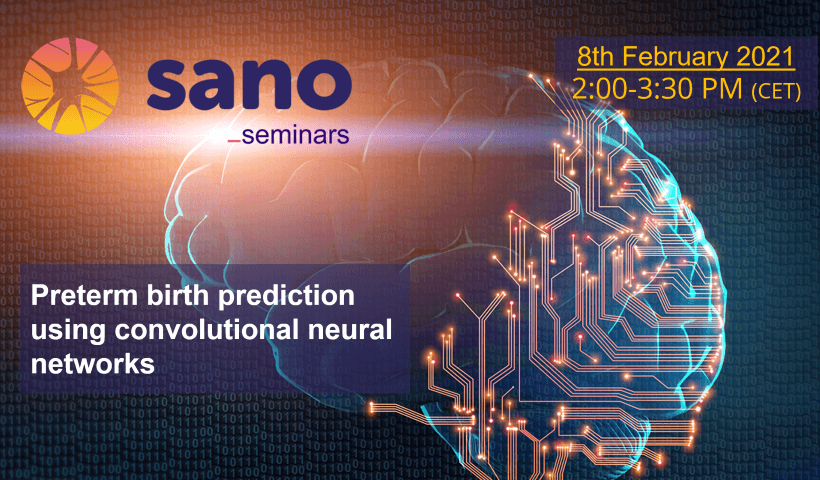Abstract
Preterm birth (PTB), defined as birth before 37 weeks of gestation, affects 5-18% of pregnancies worldwide, which is equivalent to 15 million preterm neonates each year [1]. Despite major advances in perinatal care, preterm birth still accounts for 75% of neonatal deaths and over 50\% of neurological handicap in children. Prediction and early detection of women at high risk of PTB are crucial as it allows timely intervention. Current diagnostic methods involve the collection of maternal characteristics and transvaginal ultrasound imaging conducted in the first and second trimester of pregnancy. Analysis of the ultrasound data is based on visual inspection of images by a gynaecologist, sometimes supported by hand-designed image features such as cervical length. Apart from that, it can be difficult, even for an expert, to identify relevant structures within the image. Due to the complexity of this process and its subjective component, approximately 30% of spontaneous preterm deliveries are not correctly predicted.
The presentation will present the application of machine learning methods to analyze ultrasound images (US) to predict spontaneous preterm birth (sPTB). The talk will show how, thanks to computerized support of computer diagnostics, we can reduce the number of premature births, save the lives of a greater number of newborns, or prevent dysfunction in later adulthood.
[1] Howson, C.P., Kinney, M.V., Mcdougall, L., Lawn, J.E.: Born Too Soon: Preterm birth matters. Reproductive Health. 10, (2013).

Author
Szymon Płotka
Warsaw University of Technology, Poland
Date and time
Monday, 8 February 2021, 2:00-3:30 PM (CET)
Venue
- Online via ZOOM
- Join via ZOOM on seminar.sano.science




